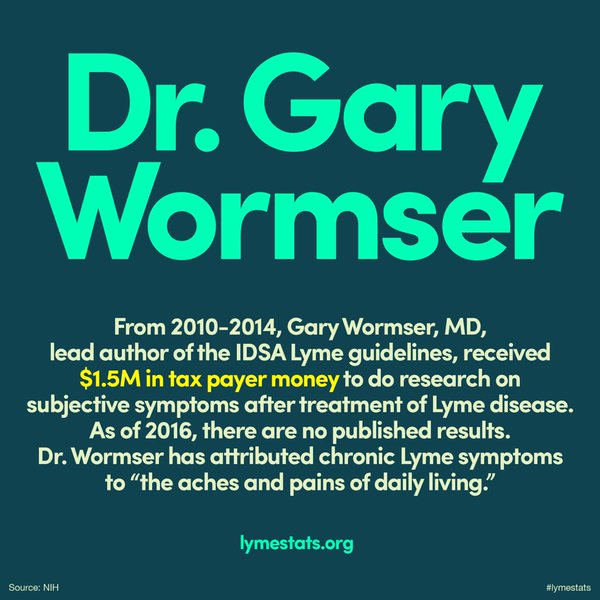shannah
Senior Member
- Messages
- 1,429
Some research on Lyme released today from UCSF.
They noted how similar the gene signatures are at six months between Lyme, CFS, RA and Lupus.
https://www.ucsf.edu/news/2016/02/401581/gene-signature-could-lead-new-way-diagnosing-lyme
From the article:
"Researchers at UC San Francisco and Johns Hopkins may have found a new way to diagnose Lyme disease, based on a distinctive gene “signature” they discovered in white blood cells of patients infected with the tick-borne bacteria."
"In an effort to find better ways of diagnosing the disease, and discovering molecular pathways that might explain how Lyme disease could cause long-term symptoms, researchers used a next-generation sequencing technique, called RNA-seq, to investigate the transcriptome – the genes that are being turned on – in peripheral blood mononuclear cells.
Researchers examined 29 patients before and after they received a three-week course of antibiotic treatment and also six months later. Compared to patients with other active bacterial or viral infections, the Lyme disease patients had distinctive gene signatures that persisted for at least three weeks, even after they had taken the antibiotics. Some differences in the transcriptome lingered for six months."
"Six months after treatment, 15 of the 29 patients in the study had fully recovered, while 13 had persistent symptoms, and one had dropped out. Despite the stark differences in how the patients reported feeling, the researchers could not detect transcriptional differences between the two groups. They said larger studies are needed to confirm this finding.
Researchers found similarities between the transcriptional changes after Lyme disease infection and other diseases. The acute phase of Lyme disease infection had similarities with influenza. At six months, the gene signatures of Lyme disease patients showed some similarities to those from patients with immune diseases like systematic lupus erythematosus, rheumatoid arthritis and chronic fatigue syndrome.
The researchers said measureable and persistent changes to the transcriptome may also be characteristic of a number of other infections, such as chronic hepatitis C."
They noted how similar the gene signatures are at six months between Lyme, CFS, RA and Lupus.
https://www.ucsf.edu/news/2016/02/401581/gene-signature-could-lead-new-way-diagnosing-lyme
From the article:
"Researchers at UC San Francisco and Johns Hopkins may have found a new way to diagnose Lyme disease, based on a distinctive gene “signature” they discovered in white blood cells of patients infected with the tick-borne bacteria."
"In an effort to find better ways of diagnosing the disease, and discovering molecular pathways that might explain how Lyme disease could cause long-term symptoms, researchers used a next-generation sequencing technique, called RNA-seq, to investigate the transcriptome – the genes that are being turned on – in peripheral blood mononuclear cells.
Researchers examined 29 patients before and after they received a three-week course of antibiotic treatment and also six months later. Compared to patients with other active bacterial or viral infections, the Lyme disease patients had distinctive gene signatures that persisted for at least three weeks, even after they had taken the antibiotics. Some differences in the transcriptome lingered for six months."
"Six months after treatment, 15 of the 29 patients in the study had fully recovered, while 13 had persistent symptoms, and one had dropped out. Despite the stark differences in how the patients reported feeling, the researchers could not detect transcriptional differences between the two groups. They said larger studies are needed to confirm this finding.
Researchers found similarities between the transcriptional changes after Lyme disease infection and other diseases. The acute phase of Lyme disease infection had similarities with influenza. At six months, the gene signatures of Lyme disease patients showed some similarities to those from patients with immune diseases like systematic lupus erythematosus, rheumatoid arthritis and chronic fatigue syndrome.
The researchers said measureable and persistent changes to the transcriptome may also be characteristic of a number of other infections, such as chronic hepatitis C."


